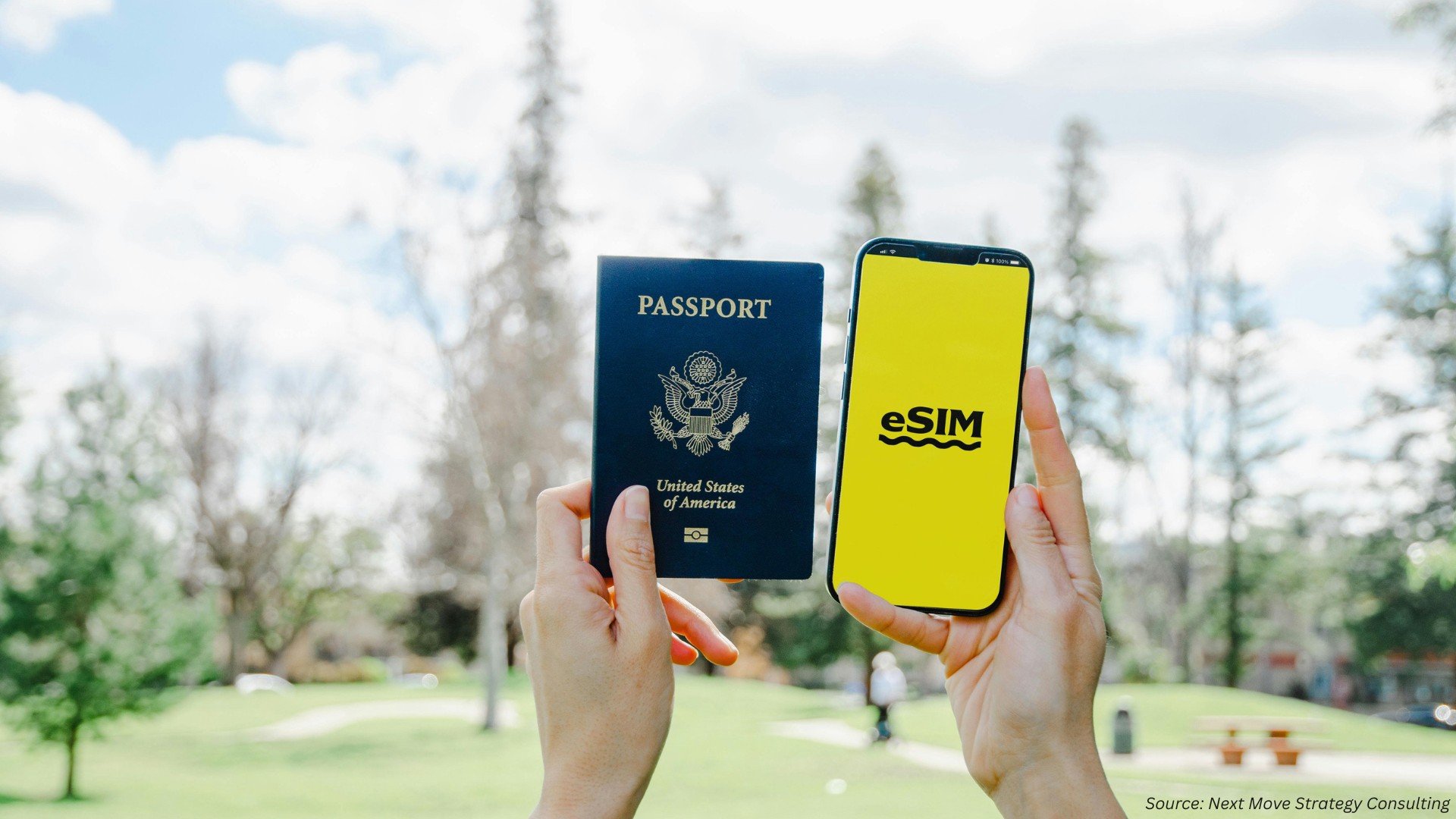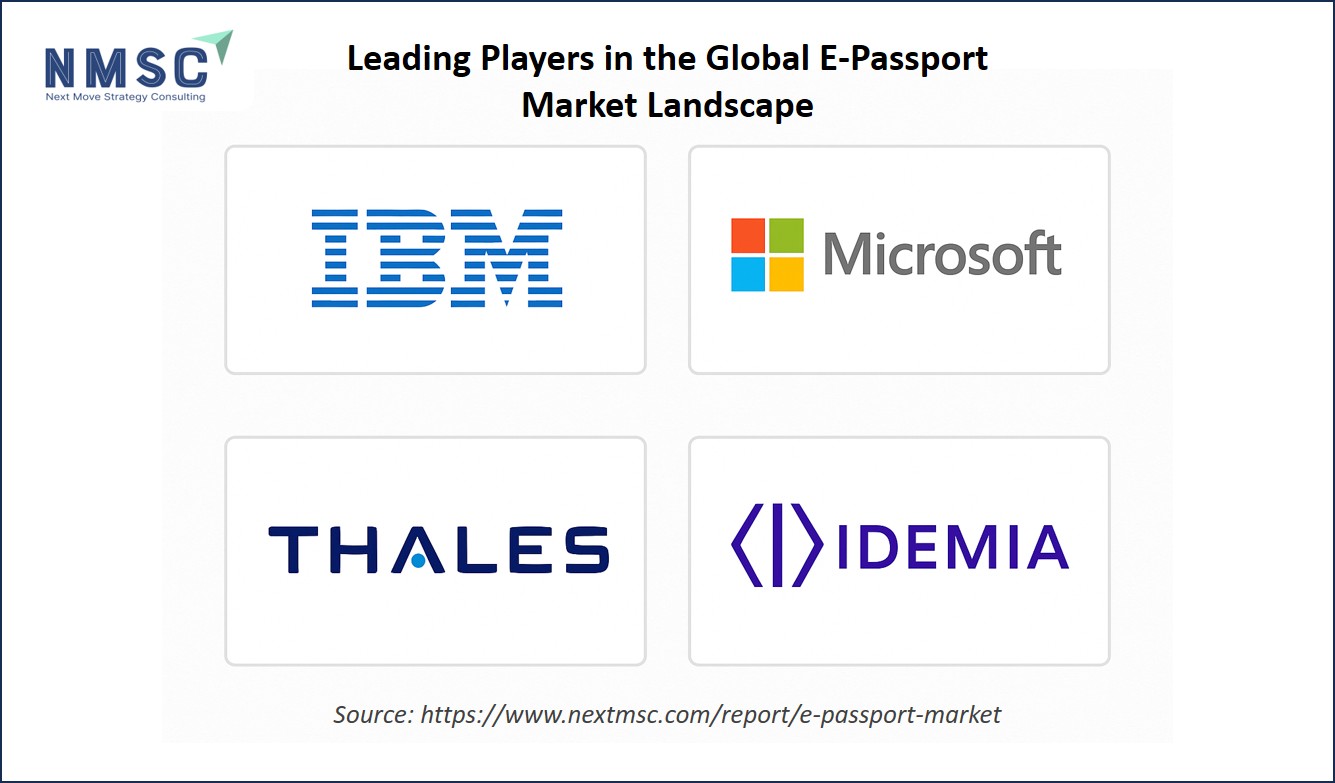What Are the Emerging Trends Shaping the E-Passport Market in 2025?
Published: 2025-09-10

The worldwide E-Passport Market is rapidly evolving, driven by technological advancements and a global push for secure, efficient travel. The sector is projected to reach $88.90 billion by 2030, with a compound annual growth rate (CAGR) of 21.7%.
But what exactly is fueling this growth? Let’s dive into the key trends shaping the e-passport landscape in 2025, exploring innovations, government initiatives, and market dynamics.
Why Are Biometric Technologies Leading the Charge?
Biometric technologies are at the heart of modern e-passports, enhancing security. E-passports include an embedded electronic chip which securely stores biometric information such as the holder’s facial image and fingerprints, along with essential personal details. The passport enhances the authenticity of the document, ensures faster clearance at immigration counters, and provides a more secure international travel experience.
Advanced biometrics, such as facial recognition, iris scans, and fingerprint authentication help combat identity fraud and improve traveler verification. With the fast advancements in technology, the complexity of combating fraud has reached unprecedented levels. This is why facial recognition systems emerge as a groundbreaking technology that is revolutionizing the way businesses and organizations recognises the identity of individuals while also having the ability of addressing fraud prevention. By leveraging advanced biometric algorithms, facial recognition provides a highly secure, efficient, and reliable means of verifying identities, making it an invaluable tool in the fight against fraud.
-
Global Adoption: The International Civil Aviation Organization (ICAO) has set biometric passports as a global standard in cross-border travel. The ICAO-compliant passport accepts:
-
Machine-readable formatting
-
Biometric data integration
-
Physical security features
- Digital encryption standards
-
It’s like a global “language” for passports — when a passport is ICAO-compliant, it can be quickly authenticated at international airports using automated systems.
-
Enhanced Security: E-passports come with embedded RFID (Radio Frequency Identification) chips that store biometric data like fingerprints, iris scans and personal identification details. Public Key Infrastructure (PKI) ensures that each passport chip is digitally signed using cryptographic keys that verify the integrity and authenticity of the data. If anyone tries to tamper with the data, it becomes invalid. Additionally, all sensitive data is encrypted both in transit and at rest, ensuring that even if intercepted, the data cannot be understood without proper authorisation. India embraces the future of travel documentation with e-passports, cybersecurity stands at the core of this transformation.
Biometric advancements are transforming e-passports into secure, tamper-proof documents, driven by global standards and government regulations.
How Is AI Revolutionizing E-Passport Verification?
Artificial intelligence (AI) is reshaping how e-passports are processed, offering automated solutions for identity verification and fraud detection. Public Key Infrastructure (PKI) software, enhanced by AI, ensures encrypted, tamper-proof data, making e-passports more reliable.
-
AI-Powered PKI: AI-driven PKI software automates identity verification and compliance management, reducing human error.
-
Fraud Detection: AI algorithms detect anomalies in passport data, enhancing security and verifying authenticity.
AI is streamlining e-passport verification, making travel faster and more secure through automated, intelligent systems.
What Role Does Contactless Technology Play?
Contactless e-passports are gaining traction for their convenience and efficiency. These technologies allow quick data access at e-gates, reducing wait times at airports.
-
Rising Demand: Countries are adopting e-passports because they offer better security and efficiency. Traditional passports can be forged or tampered with but biometric data is unique and difficult to duplicate. For governments they help in verifying identities quickly improving border control and reducing illegal entries. In a world where cyber security is a big concern e-passports are seen as the future of safe international travel.
-
India’s Initiative: India began rolling out chip-based e-passports nationwide, supporting e-gate systems and ICAO compliance.
What Are the Competitive Dynamics in the Market?
The e-passport market features intense competition between multinational corporations and national security printing bureaus. Companies like Gemalto (Thales) lead with technological expertise, while national players leverage government contracts.
-
Key Players: Gemalto (Thales) dominates due to their digital technologies. Businesses and governments rely on Thales to bring trust to the billions of digital interactions they have with people.
-
Innovation Focus: Companies are investing in advanced biometrics, such as iris and facial recognition, to stay competitive:
-
IBM: A leader in quantum cryptography, developing secure biometric authentication frameworks.
-
Microsoft: Advancing quantum computing applications for secure biometric storage and encryption.
-
IDEMIA: Pioneering the integration of quantum encryption into identity verification technologies.
-
The e-passport market is highly competitive, with multinationals and national bureaus driving innovation and adoption.
Next Steps: How to Stay Ahead in the E-Passport Market
The e-passport market is poised for significant growth, driven by biometrics, AI, and contactless technologies. Stakeholders can capitalize on these trends by taking proactive steps:
-
Invest in Biometric R&D: Companies should prioritize research into advanced biometrics like iris and facial recognition to meet evolving security standards.
-
Adopt AI Solutions: Implementing AI-powered verification systems can enhance efficiency and security, aligning with global trends.
-
Collaborate with Governments: Partner with national bureaus to secure contracts and ensure compliance with ICAO standards.
-
Monitor Regulatory Changes: Stay updated on global encryption and biometric regulations to remain competitive.
By embracing these trends and strategies, stakeholders can navigate the dynamic e-passport market and drive innovation in secure travel solutions.
About the Author
 Sneha Chakraborty is a seasoned SEO Executive and Content Writer with over 4 years of experience in the digital marketing space, bringing a strong command of online visibility strategies and a keen insight into the evolving digital landscape. She specializes in enhancing online visibility and user engagement through data-driven strategies and creative content solutions. She has been closely observing trends across various industry domains, bringing insightful perspectives into her writing. Sneha is passionate about translating complex digital concepts into accessible content for a wide audience.
Sneha Chakraborty is a seasoned SEO Executive and Content Writer with over 4 years of experience in the digital marketing space, bringing a strong command of online visibility strategies and a keen insight into the evolving digital landscape. She specializes in enhancing online visibility and user engagement through data-driven strategies and creative content solutions. She has been closely observing trends across various industry domains, bringing insightful perspectives into her writing. Sneha is passionate about translating complex digital concepts into accessible content for a wide audience.
About the Reviewer
 Sanyukta Deb is a seasoned Content Writer and Team Leader in Digital Marketing, known for her expertise in crafting online visibility strategies and navigating the dynamic digital landscape. With a flair for developing data-driven campaigns and producing compelling, audience-focused content, she helps brands elevate their presence and deepen user engagement. Beyond her professional endeavors, Sanyukta finds inspiration in creative projects and design pursuits.
Sanyukta Deb is a seasoned Content Writer and Team Leader in Digital Marketing, known for her expertise in crafting online visibility strategies and navigating the dynamic digital landscape. With a flair for developing data-driven campaigns and producing compelling, audience-focused content, she helps brands elevate their presence and deepen user engagement. Beyond her professional endeavors, Sanyukta finds inspiration in creative projects and design pursuits.

















Add Comment